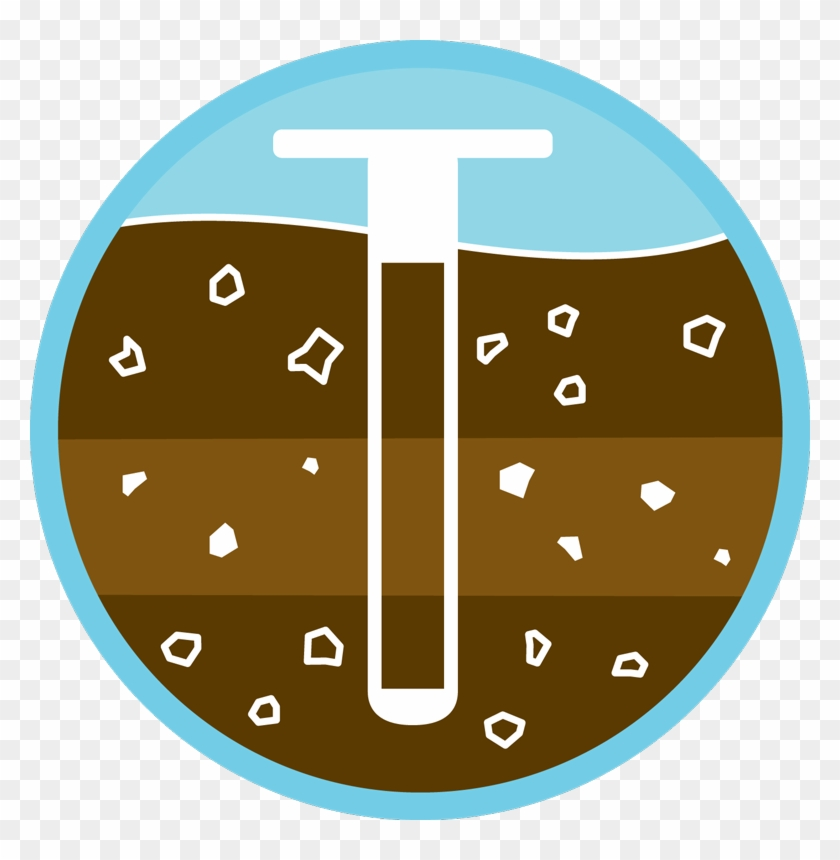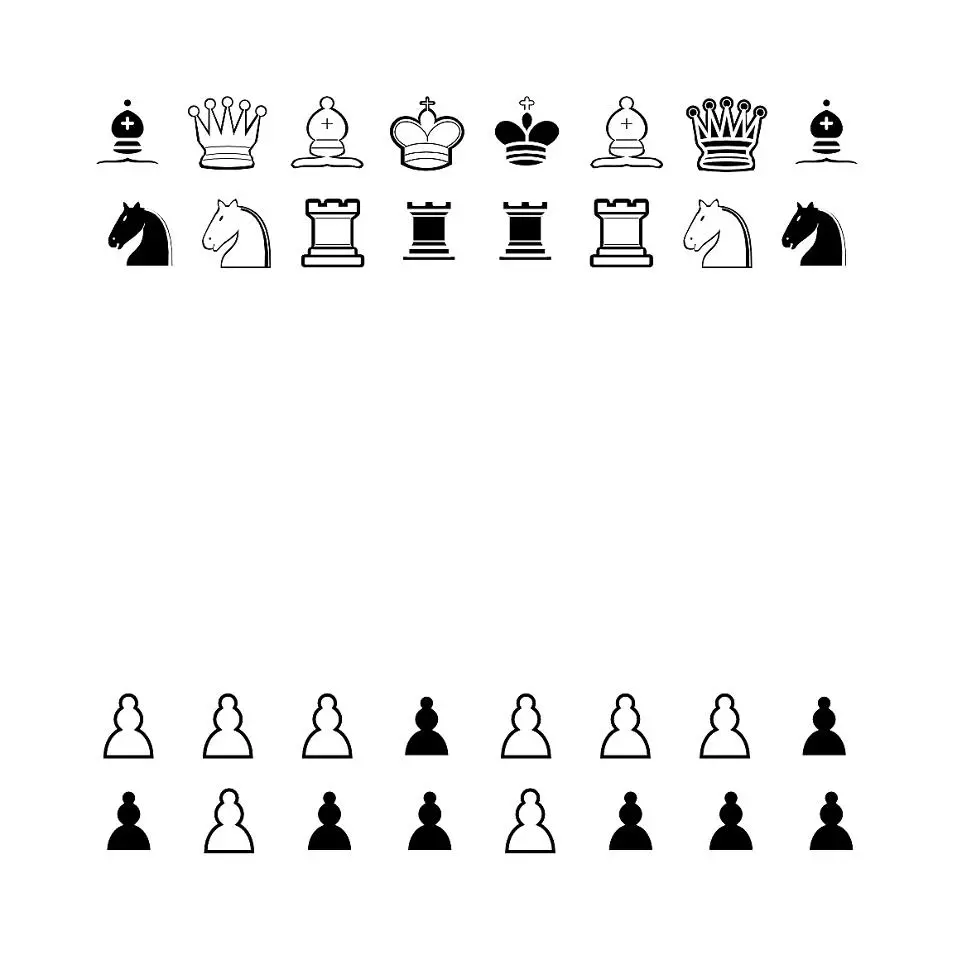Long story short - I moved from a country where there’s an abundance of black soil to a country with a dry climate and not much black soil. Not only that, I moved from an apartment to a house with plenty of land. I believe strongly that growing my own produce is the way to go, but sadly I lack a lot of skill.
What I want to do is to plant a few plants, bushes and trees to get started with gardening, but I’m not sure whether the types that I want to plant will take well to the soil.
So the first logical step in my mind is to figure out what kind of a soil I’ve got and what it’s well suited for and can I make it work for some things that it might not be ideal for.
That’s why I was super hyped when I found this community, but it looks like people here are mostly posting articles and the discussions are more on the specialist/scientific side, so I hope my question doesn’t stick out as unwanted.
You’ll have to make or buy soil, the latter is very expensive, the former will take a couple years minimum and decent effort.
Start looking into composting and biochar. But don’t fall into the trap thinking that you need special compost recipes, just put a variety of (non-toxic, biodegradable) materials in there. If you’re able, make biochar.
No worries about the compost, haha. I haven’t started making it here, but I’ve lived with compost piles my whole life (that I haven’t spent in an apartment). That’s one of the rare things that I know about. Just chug a leftover veggie/fruit in a pile and let it steam. Got that. 🫡
I’m afraid I might need to buy some if it turns out that the one in the backyard isn’t good enough. The specifics of the location don’t really allow for permanent planning.
Buying works, I bought stuff to build my soil for sure. My soil is desert silt, I made decent soil for my raised bed by mixing it with lots of compost as well as biochar, perlite, and vermiculite which I bought.
Like @Lexicon said, looking up soil maps for your region and reading about the predominant types around you is a good start. You can also take samples of the soil from the areas you’re planning to garden in and do a jar test to see what your prevailing mix is like - dig several test holes for each garden space and mix them to get a representative sample for each garden. Take some of the mixed soil for each garden area and put them in labeled jars with an equal amount of water and agitate the jars (after closing them). Let that water set for a while to allow the soil to fall out of solution and stratify - you’ll be able to measure the layers of sand, loam, and clay to get a decent idea of what you’re working with.
Knowing the composition of the parent material is good, but it won’t tell you what minerals and nutrients are present. You may be able to find soil testing kits at a nearby garden center to do some tests yourself. Where we are, a nearby Agricultural College performs soil tests for a relatively low cost and allows us to select which tests we want done. Personally, I found a Haney soil test to be the most actionable out of the various mineral/nutrient/biological activity tests we’ve had done. Some labs will send treatment recommendations along with the results, with suggestions of soil amendments you can add to bring certain elements into the desired range (but the best way to amend and improve the soil is with plants!)
In addition to looking into your soil type, doing some research into the native plants of your area will provide many clues to what families of plants will do well for you. Check out some botany field guides or foraging guides from your local library, they’ll often have information about the types of areas in which the plants can be found, as well as other species they’ll grow alongside. There may be a native plant society around you (us plant nerds will talk your ear off) to make suggestions or share experiences as well as providing you opportunities to trade for plants. If you see someone working in their garden in your neighborhood: politely introduce yourself, compliment their plants, and ask them for advice for someone who just moved there and wants to garden*. If there is a local farmer’s market, go there and ask folks what grows well and what plants to avoid.
*The latest new neighbor who did this to me got sent home with several dozen cuttings and a few more dozen starts
Thank you for the tips! Luckily I’ve got too many jars laying around so that won’t be a problem.
As for neighbours, there’s a bit of a language barrier, but I’ve got my gf’s grandma who’s growing a bunch of stuff near here so I’m definitely planting natives, but I also want to plant a couple of blackcurrant bushes which might prove to be a little tricky since there’s little rainfall.
One method that may be useful for experimenting with currants in a dry region is the practice of pit-and-mound plantings. Just upslope of where you intend to plant them, dig a small hole and tamp down the bottom and sides to create a basin. It can help to add water during this step, and it will give you the ability to see how the rate of percolation (the draining of the water through the soil) changes. The goal of this method is to catch as much of the precipitation as possible and release it slowly and locally to a particular plant. This will give that plant a longer period of water availability which could help to mitigate the general lack of rain.
Since currants propagate readily from mounding, or stool layering (if you’re looking for other plants this will work with), you can use the soil you dug to build up soil against the stems. Alternatively, you can use the removed soil to create small half rings on the downslope side of them to create additional space to hold water. If you decide to mound the soil, be sure to make the top as flat and level as you can to allow water to soak in instead of running off too quickly.
Fist step is do some searching for soil maps and geologic maps and do some reading.
Will do, thank you!
you can always use raised beds
edible acres is an accessible and easy source to start with
search for “edible acres raised beds” to see all of his related videos on google video
I’ve always wanted to try raised beds and I was planning to use those in the garden in front of the house. There the soil is screwed completely and barely anything grows. For the back I would prefer just stickin’ everything in the ground, but I’ll see. It will be a year for experiments.
Thank you for the link!
I don’t know much about gardening, and this is something that just came to mind, so take this as the half formed idea that it is.
I wonder how well using the soil from a raised planter would be at making the garden soil better. For example, if you used raised planters for a year or two, then mixed the soil from them into the soil in the garden. Maybe doing a section of the garden at a time and completing it over a number of years. Any compost you make would help too.
I know that obviously putting nutrients into the soil is going to be good for growing plants, but I don’t know how helpful it would be if you could only do part of the garden at a time.
Hm, wouldn’t it make more sense to mix the regular garden soil with the soil in the raised beds? My thinking is - if plants take the nutrients from the soil and a raised bed is essentially a closed system then dumping that soil into the garden would create less fertile patches.
But this is from one person who doesn’t know much about gardening to another 😅
🤜🤛
Where do you live? I would ask the neighbours, because one of them will know which lokal plants are going well. Lokal plants are every time the best.
I’m a Fan of mixing bought soil with the soil of the garden. And I’m making my own soil with the bokashi System.
I’ll check the bokashi system. I was wondering about mixing soil too. Good to know that that’s a legit practice.
A part of my garden seems well suited for planting, lots of grass, it’s overgrown and hasn’t been used in many years. I’m particularly interested in getting blackcurrant bushes to grow here and I know they like dampness which is a bit of a problem where I live (European part of the Mediterranean). I’m a huge fan of berries, but barely any grow here that I’m aware of. For the rest of the garden I’m definitely aiming for natives.
I have adapted my text again and run it through a translation programme, as my English has room for improvement.
I would ask the neighbours which native plants thrive well. Native plants are always the best.
As far as I know, blackcurrant bushes are not intended for warm climates. Maybe you can protect their south side with small trees for shade and put them a little lower. Red grapes are probably better suited.
I’m a fan of mixing bought humus with the soil from the garden. This saves money and the native plants cope better with the soil they are used to.
In addition, I make my own soil with a compost heap and something similar to an upstream bokashi system. To keep rats out, all the kitchen scraps go into one of two 50 litre barrels with lids next to the compost heap. A bit of grass clippings in between speeds up the process. When one barrel is full, I fill the second barrel. When the second barrel is full, I empty the first barrel into the compost heap. The rats no longer like this half-composted waste and the whole thing turns into humus much more quickly.






